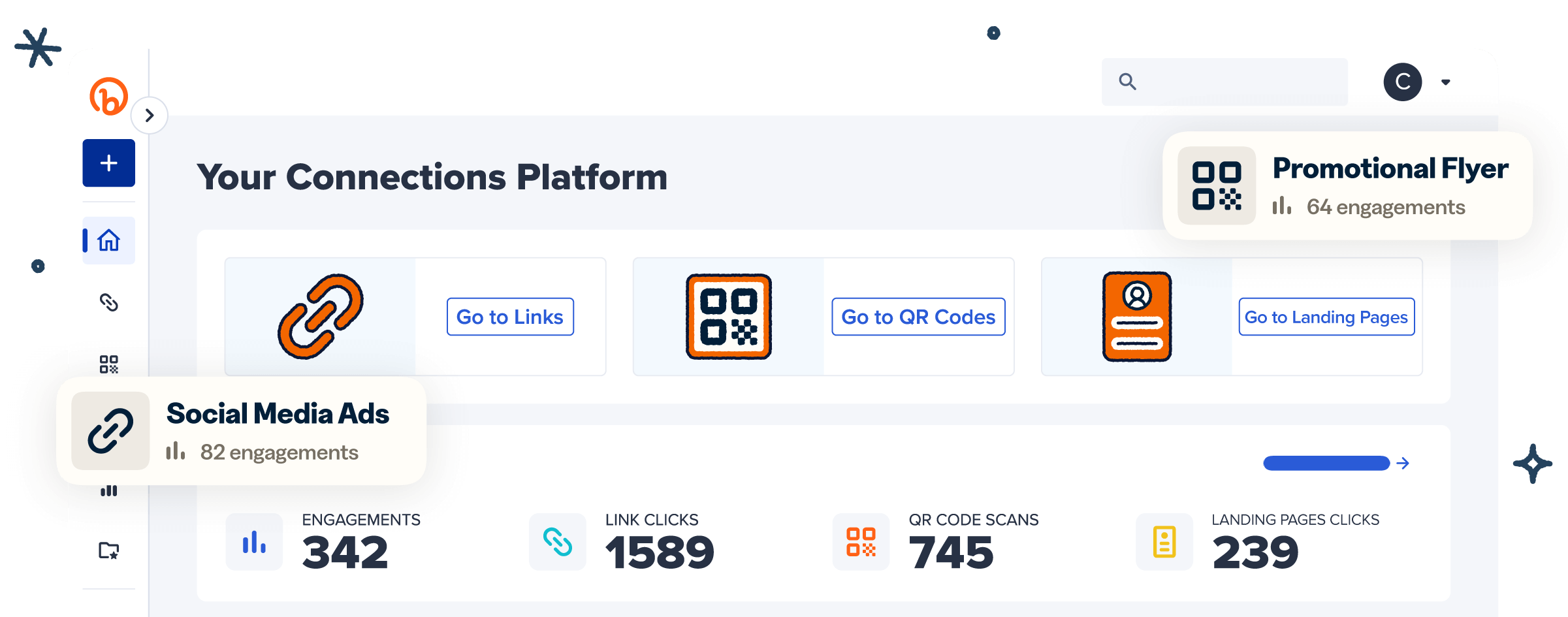Last time, I gave some details about how marketers can start to talk about deep links with developers. I started there because I wanted to give forward-leaning, mobile-hungry marketers a quick place to start discussing it with their organizations on an execution level.
For this post, I want to take a step back and give marketers the leverage to make deep links a priority with their management. So without further ado, let’s get into the three reasons that CMOs should get behind a deep linking initiative.
Apps > Mobile Web
Since at least 2009, there has been some question as to whether or not marketers should place their emphasis driving users to mobile versions of their websites or whether they should drive customers to download and engage with their apps. Now, it’s clear that apps deserve the lion’s share of attention. As early as last April, Flurry was declaring that apps had won the war over mobile web for customers’ affections. Flurry found that the average person spends a whopping 86% in apps and a paltry 14% in their mobile browser of choice.
Now, I’m not saying that responsive design overhauls of your websites were a total waste. But if you want your customers to engage with your content or spend money with you, I am saying that finding the right place for them to go inside your app via deep linking is six times more important than driving them to the same content on your mobile website.
Higher Brand Loyalty via Improved Customer Experience
Since so many more customers are engaging with your apps, it comes as no surprise that improving their experience with your apps will increase their brand loyalty. Reducing the need for your customers to poke around for content once they get to your app is a no-brainer – would you send a consumer to your homepage on the web if you knew you could send them to the right article they were interested in?
Recently, I was speaking with a marketer whose goal was to reduce the clicks needed to get to in-app content from six clicks to two clicks. By removing that friction, he expected engagement to increase 10x. The plan was to employ deep linking to reduce the number of clicks.
Increased brand loyalty is especially prevalent among the “promote or punish” attitude of the much-sought after millennial population. In fact, bettering your customer experience will gain you not only loyalty but advocacy as well.
Leading CMOs understand this imperative to get users to places in their apps more quickly with deep links. In fact, they see this as their number 2 overall investment when it comes to marketing technology. Ashu Garg from Foundation Capital just released an incredibly comprehensive study on MarTech. In it, Customer Experience is cited as the second-most important success metric, with 58% of CMOs claiming it is a priority success metric. If you’re keeping track at home, Marketing ROI was #1 with 63% of CMOs claiming it.
Higher LTVs
The accepted belief now is that customers who are engaged with a brand’s apps have higher LTVs (lifetime value). I’ve yet to see a statistically-accepted study that shows customers spend more if they also interact with your app but there is a tidal wave of evidence above that suggests apps are where most customers are spending their time. Don’t forget – customer spending always follows customer eyeballs.
That said, trends in the ecommerce world give us a good idea that these higher LTVs are indeed a reality. According to Internet Retailer: “the 2015 Mobile 500 estimates 70% of the web-only flash-sale merchant’s total 2014 mobile sales will stem from apps.” Users feel more comfortable buying from within apps than they do buying from the mobile web. Drops mic.
In a world where apps are now used six times more than the mobile versions of your websites, it’s incumbent on CMOs to think about how they get their customers to the right content in their apps – be it a slick video or a pair of silk pajamas for purchase. And if you want that content to be shared again and again, you put effort to get your customers to the right place via deep links.




